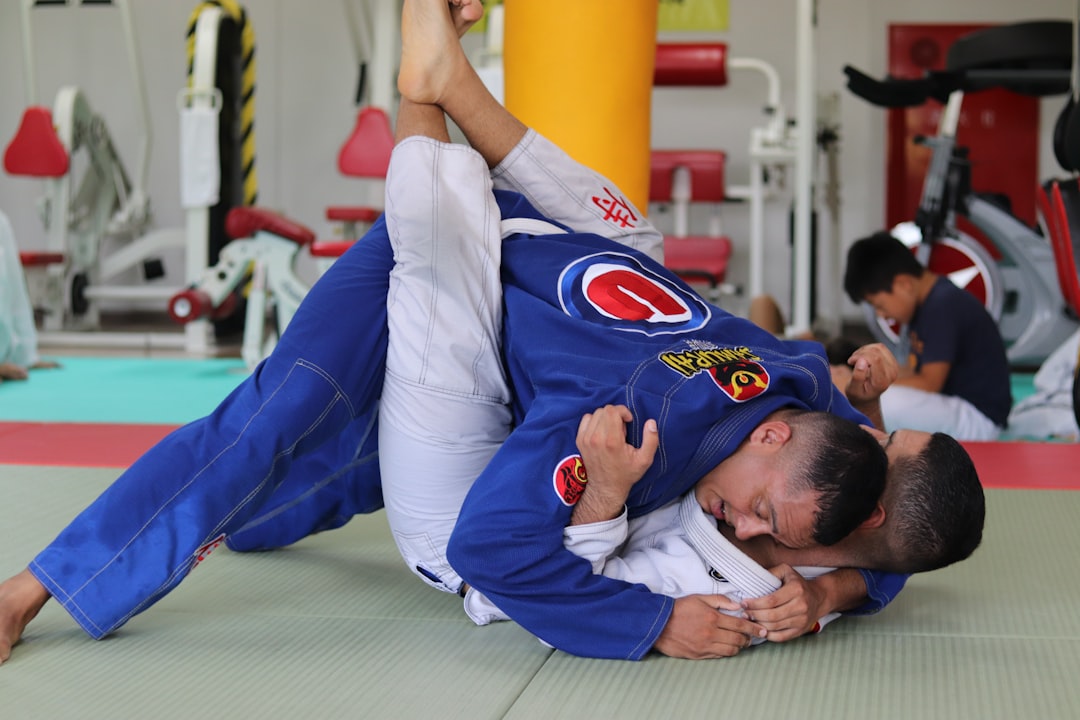The karate outfit known as the "gi" is more than just attire; it represents respect, discipline, and honor for practitioners. Evolving from traditional white or blue fabrics, modern gis offer a range of colors while prioritizing functionality for unrestricted movement and grip during strikes, blocks, and throws in both practice and competition. The gi has transformed from a simple cotton kimono to a symbol of commitment within the martial arts community, with specific material and pattern designs that maintain its symbolic purity and respect.
Karate Outfit Called: Unveiling Traditional Garments
The karate outfit, or dobuki, is more than just attire; it represents centuries of martial arts history and discipline. This article explores the evolution and cultural significance of traditional karate clothing, from its ancient roots to its modern manifestation. We’ll dissect each component—from the iconic gi to protective doboku gear and colorful rank indicators—to understand their role in both performance and preserving karate’s rich heritage.
- # Karate Outfit Called: Unveiling the Traditional Garments
- The Evolution and Significance of Karate Attire
# Karate Outfit Called: Unveiling the Traditional Garments

The karate outfit called “gi” is an iconic symbol of this martial art form. It consists of a pair of pants, known as “kushikatsus,” and a vest or jacket, typically referred to as the “keikogi.” These traditional garments are more than just clothing; they represent respect, discipline, and honor for practitioners? The choice of fabric and cut varies based on style and preference, but the gi’s primary purpose is to allow unrestricted movement while providing grip for effective techniques.
The design of the karate outfit called gi has evolved over time, reflecting changes in training methods and preferences. While traditional colors include white or sometimes blue, modern variations offer a spectrum of hues? The garment’s simplicity belies its functionality, as it facilitates the smooth execution of strikes, blocks, and throws, making it an indispensable part of karate practice and competition.
The Evolution and Significance of Karate Attire

The traditional karate outfit is known as a gi, which has evolved significantly over time. This humble garment, originally a simple cotton kimono, has become an iconic symbol of this martial art and its philosophy. The term karate gi thus refers to the uniform worn by practitioners during training and competitions, reflecting the wearer’s commitment and discipline?
The design and construction of the karate outfit have been refined over decades to cater to both functionality and form. Modern gis are crafted with specific materials and patterns, allowing for ease of movement while providing strength and durability. The uniform’s color, typically white or a shade of blue, also carries symbolic meaning, representing purity and respect in the martial arts community?
The traditional karate outfit, known as a gi or dobori, has evolved over centuries, reflecting not only cultural changes but also the discipline and aesthetics of this martial art. From its humble beginnings as simple cotton clothing, the karate outfit has become a symbol of respect, tradition, and physical preparation. Understanding the evolution and significance of this attire offers a deeper appreciation for the rich history and values that karate embodies.
